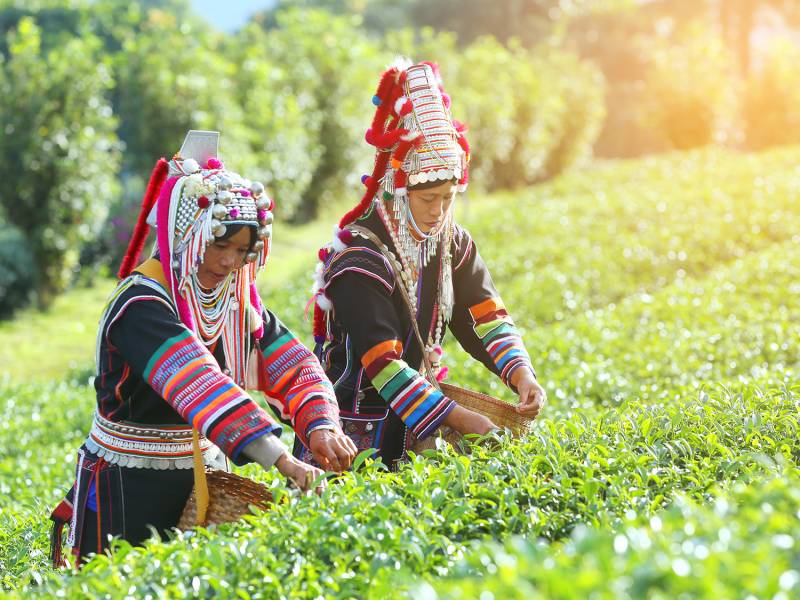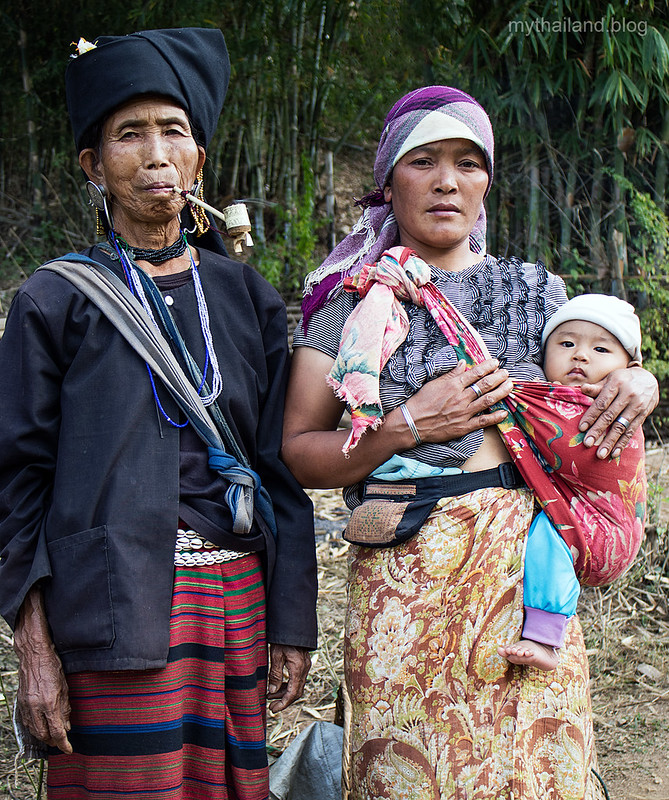In “Exploring the Vibrant Cultural Heritage of Thailand’s Hill Tribes,” embark on a fascinating cultural journey through the intriguing world of Thailand’s Hill Tribes. Dive into the rich and diverse traditions of these indigenous communities, as you uncover the hidden treasures of their vibrant cultural heritage. From their unique customs and traditions to their captivating arts and crafts, this article will take you on an immersive exploration of the hill tribes’ way of life. Discover the enchanting beauty of Thailand’s hill tribes, as you gain a deeper understanding and appreciation for their ancient traditions and the role they play in the country’s cultural tapestry.
Overview of Thailand’s Hill Tribes
Introduction to Thailand’s Hill Tribes
Thailand’s Hill Tribes are a fascinating and diverse group of indigenous communities who have inhabited the mountainous regions of the country for centuries. These tribes, also known as the “Montagnards,” have unique cultures, traditions, and ways of life that have been passed down through generations. Exploring their vibrant cultural heritage offers travelers a unique opportunity to immerse themselves in the rich tapestry of Thai local life.
Historical Background
The history of Thailand’s Hill Tribes stretches back thousands of years. It is believed that these tribes originated from various regions in southern China and migrated to Thailand’s northern and western mountainous regions. Over time, they formed distinct ethnic groups, each with its own language, customs, and beliefs. The Hill Tribes have traditionally been self-sufficient, relying on agriculture and handicraft production for their livelihoods.
Geographical Distribution
Thailand’s Hill Tribes are scattered throughout the country’s northern and western mountainous regions, bordering Myanmar, Laos, and the central plains. Some of the major Hill Tribe regions include Chiang Mai, Chiang Rai, Mae Hong Son, and Tak. Each region is home to different ethnic groups, creating a diverse tapestry of cultures within Thailand.
Ethnic Diversity
Major Ethnic Groups
Thailand’s Hill Tribes are composed of several major ethnic groups, each with its own distinct culture and traditions. The largest ethnic groups include the Karen, Hmong, Akha, Lisu, and Lahu tribes. Each tribe has its own unique language, traditions, and clothing, contributing to the vibrant diversity of the Hill Tribe communities.
Traditional Clothing
One of the most visually striking aspects of Thailand’s Hill Tribes is their traditional clothing. Each ethnic group has its own unique style of dress, often characterized by vibrant colors, intricate embroidery, and elaborate headdresses. The clothing not only reflects the tribe’s cultural identity but also serves practical purposes, such as protection from the elements and showcasing their craftsmanship.
Language and Dialects
Language plays a significant role in preserving the cultural identity of Thailand’s Hill Tribes. Each ethnic group has its own distinct language or dialect, which serves as a means of communication within the community. However, due to language barriers and exposure to the Thai language in modern times, many Hill Tribe members are bilingual or trilingual, being proficient in both their native language and Thai.
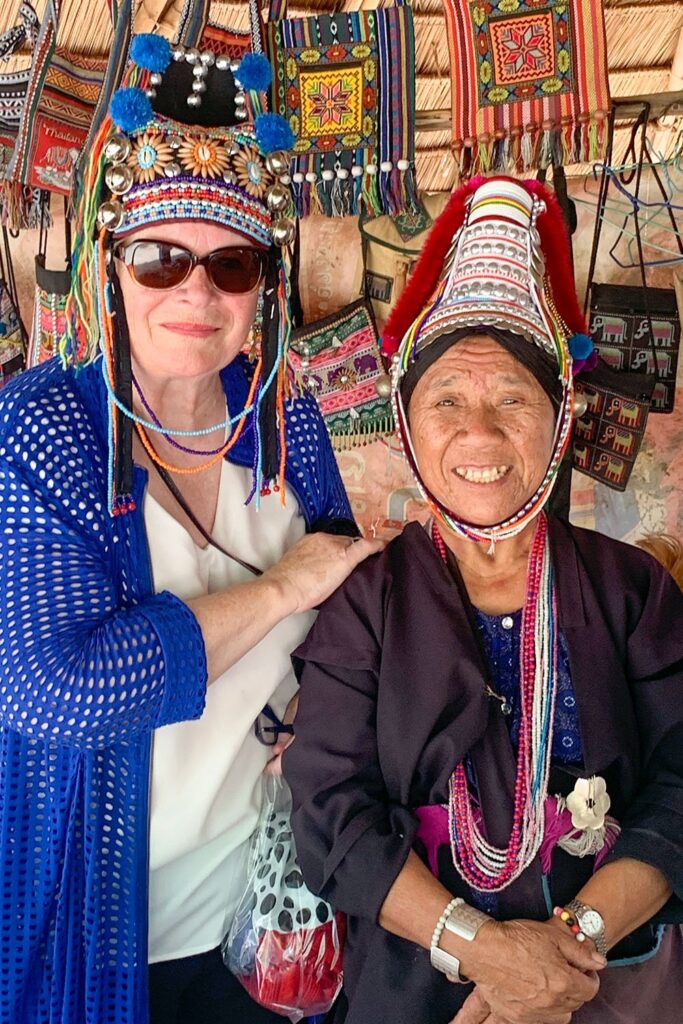
Traditional Beliefs and Practices
Spirituality and Religion
Traditional beliefs and spiritual practices are deeply ingrained in the daily lives of Thailand’s Hill Tribes. Many tribes adhere to animistic beliefs, which involve the worship of nature spirits and ancestor spirits. In recent years, due to the influence of modernization and globalization, some Hill Tribe communities have integrated elements of Buddhism and Christianity into their spiritual practices.
Festivals and Celebrations
Festivals are an integral part of Hill Tribe culture, providing an opportunity for communities to come together, showcase their cultural heritage, and celebrate important milestones and agricultural cycles. The festivals often involve vibrant costumes, traditional music and dance performances, and rituals to honor ancestors and spirits.
Rituals and Ceremonies
Rituals and ceremonies hold great significance in the lives of Thailand’s Hill Tribes. These can vary from tribe to tribe but often include ceremonies to bless crops, celebrate weddings, and initiate young members into adulthood. The rituals are conducted with great reverence and often involve offerings, prayers, and music and dance performances.
Art and Crafts
Traditional Crafts and Skills
Art and craftsmanship are deeply cherished in the Hill Tribe communities, with each tribe having its own unique set of traditional crafts and skills. From weaving and embroidery to woodcarving and metalwork, the craftsmanship of the Hill Tribes is renowned for its intricacy and attention to detail. These skills are not only a source of pride for the communities but also an economic activity that helps sustain their livelihoods.
Unique Weaving Techniques
Weaving is a traditional craft practiced by many Hill Tribe communities, with each tribe having its own distinctive techniques and patterns. The Karen tribe, for example, is known for their intricate weaving of textiles using backstrap looms, while the Lisu tribe is renowned for their vibrant and geometric embroidery. These textiles not only serve as clothing but also as valuable cultural artifacts.
Woodcarving and Metalwork
Woodcarving and metalwork are also highly esteemed crafts in Thailand’s Hill Tribes. Skilled artisans create elaborate wooden sculptures, furniture, and decorative items using traditional carving techniques passed down through generations. Similarly, metalwork encompasses the creation of intricate silver and brass jewelry, incorporating symbolic designs and motifs that hold cultural significance.
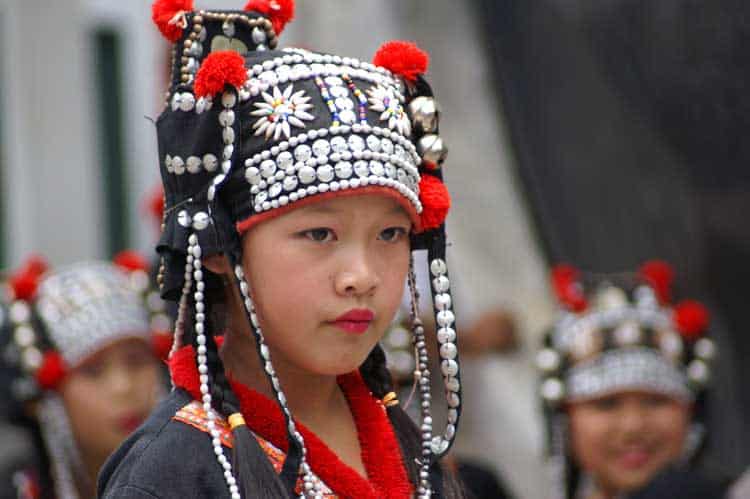
Music and Dance
Traditional Musical Instruments
Music holds a special place in Hill Tribe culture, serving as a means of communication, celebration, and storytelling. Traditional musical instruments are integral to Hill Tribe music, with each tribe having its own unique instruments. These can include bamboo flutes, mouth organs, drums, and stringed instruments such as the khaen and the saw duang.
Traditional Dance Forms
Dance is an essential component of Hill Tribe cultural expressions. Each tribe has its own traditional dance forms, which often tell stories, depict agricultural practices, or honor ancestors. These dances are characterized by graceful movements, intricate costumes, and rhythmic music, creating a captivating visual and auditory experience for both participants and spectators.
Importance of Music and Dance in Hill Tribe Culture
Music and dance play a crucial role in preserving the cultural heritage of Thailand’s Hill Tribes. They serve as a way to pass down traditions and stories from one generation to the next. Additionally, music and dance are an integral part of festivals, ceremonies, and other social gatherings, fostering a sense of community and cultural identity.
Culinary Traditions
Distinctive Hill Tribe Cuisine
The culinary traditions of Thailand’s Hill Tribes are diverse and reflect the local environment and agricultural practices. Each tribe has its own unique dishes and cooking techniques, often utilizing ingredients sourced from their surroundings. Common ingredients include wild edible plants, herbs, locally grown vegetables, and game meat. The resulting dishes are rich in flavors and offer a taste of authentic local cuisine.
Key Ingredients and Flavors
Thailand’s Hill Tribe cuisine incorporates a wide variety of ingredients, including bamboo shoots, ferns, wild mushrooms, and herbs such as lemongrass and galangal. The flavors are often bold and aromatic, with the use of spices such as chili, ginger, and garlic. Fermentation and smoking techniques are also commonly used to preserve and enhance flavors in dishes.
Traditional Cooking Techniques
Traditional cooking techniques in Hill Tribe communities often involve open-fire cooking, steaming, and boiling. Bamboo is a versatile material used for cooking, with dishes such as bamboo-stuffed chicken and bamboo shoot soup being popular. Fermentation and preservation techniques are also employed, ensuring the availability of food throughout the year and adding unique flavors to the cuisine.
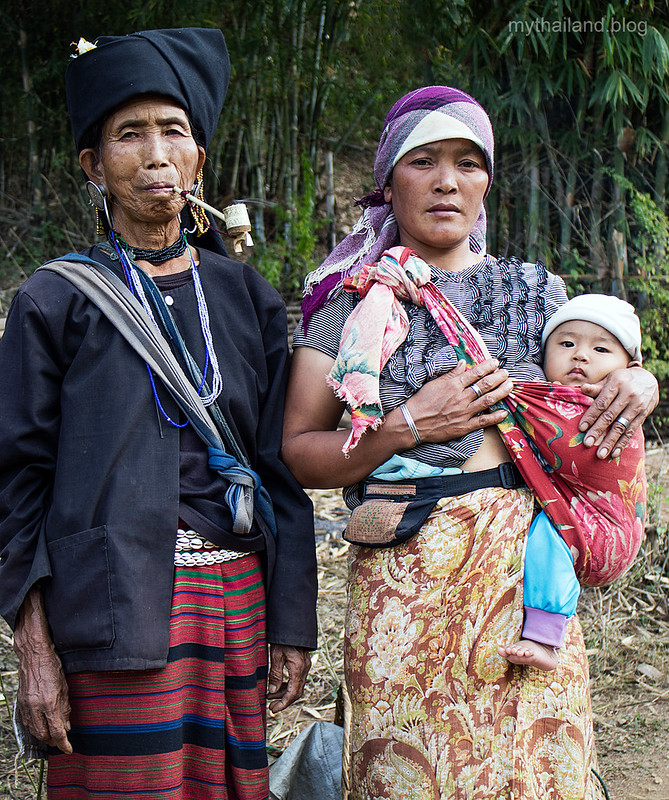
Economic Activities
Agriculture and Farming
Agriculture and farming have been the primary economic activities of Thailand’s Hill Tribes for generations. The mountainous regions provide fertile land for cultivating various crops, including rice, corn, soybeans, and vegetables. The tribes employ sustainable farming methods, such as terraced agriculture and rotational cropping, to preserve the land and maintain the biodiversity of the region.
Tourism and Cultural Experiences
In recent years, tourism has emerged as an important economic activity for many Hill Tribe communities. Travelers seeking authentic cultural experiences are drawn to the unique traditions and lifestyles of the tribes. Community-based tourism initiatives have been established, allowing visitors to engage with the local communities, learn about their traditions, and support sustainable development.
Handicraft Production and Sales
Handicraft production and sales are another significant economic activity for Thailand’s Hill Tribes. Traditional crafts such as weaving, woodcarving, and metalwork are not only practiced for cultural preservation but also for commercial purposes. Many tribes have set up handicraft cooperatives, allowing artisans to sell their products to tourists and generate income for their communities.
Challenges and Conservation Efforts
Effects of Modernization and Globalization
The Hill Tribe communities in Thailand face numerous challenges due to modernization and globalization. Increased connectivity and exposure to the outside world have influenced the younger generation’s desire for modern lifestyles and career opportunities in urban areas, leading to migration away from traditional tribal communities. Additionally, the influx of mainstream culture and economic pressures can threaten the preservation of indigenous traditions and languages.
Preservation of Cultural Heritage
Efforts are being made to preserve the cultural heritage of Thailand’s Hill Tribes. Government organizations, non-profit organizations, and community initiatives work together to document and protect traditional practices, languages, and crafts. Cultural education programs and initiatives are also being implemented to raise awareness among younger generations about the value and importance of their cultural heritage.
Community-Based Tourism Sustainability
The rise of tourism brings both opportunities and challenges for the Hill Tribe communities. While tourism provides economic benefits, it can also impact the environment, cultural integrity, and socioeconomic dynamics. To address these challenges, community-based tourism initiatives aim to empower the local communities, ensuring that tourism is sustainable, respectful, and supports the preservation of cultural heritage.
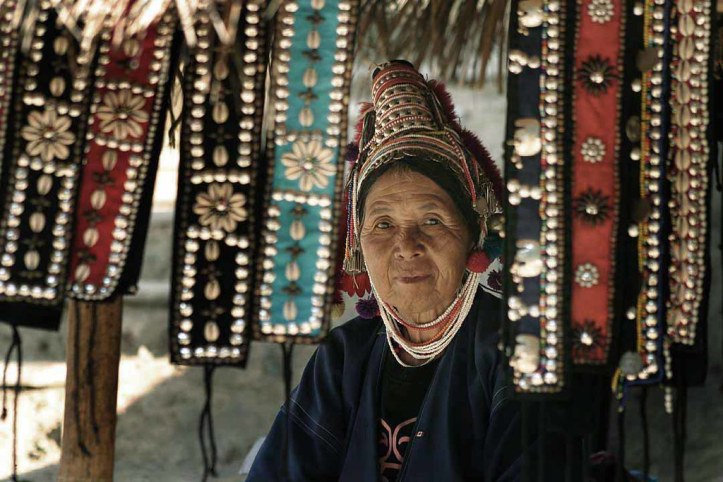
Visiting Thailand’s Hill Tribes
Responsible Tourism Practices
When visiting Thailand’s Hill Tribes, it is important to practice responsible tourism. This entails respecting the traditions and customs of the community, seeking permission before taking photographs, and purchasing local handicrafts to support the local economy. Engaging with local guides and homestay programs allows for culturally immersive experiences while ensuring that tourism benefits the community.
Popular Hill Tribe Destinations
Several destinations in Thailand provide opportunities to visit and engage with Hill Tribe communities. Chiang Mai, known as the cultural capital of Thailand, offers a gateway to numerous Hill Tribe villages, such as the Karen Long Neck Village and the Hmong Tribe. Other popular destinations include Chiang Rai, Mae Hong Son, and Tak, each offering its own unique Hill Tribe experiences.
Homestay and Community Tourism Options
Homestays and community tourism programs offer travelers the chance to fully immerse themselves in Hill Tribe culture. These programs allow visitors to stay with local families, participate in daily activities, learn traditional skills, and experience the warmth and hospitality of the community firsthand. Homestays not only provide an authentic experience but also directly contribute to the economic development and sustainability of the Hill Tribe communities.
Conclusion
Thailand’s Hill Tribes possess a vibrant and rich cultural heritage that is worth exploring and appreciating. From their unique traditions, art, and music to their culinary delights and traditional practices, each aspect contributes to the tapestry of Thai local life. By practicing sustainable tourism and supporting community initiatives, we can ensure the preservation and honoring of the Hill Tribe heritage for generations to come.
